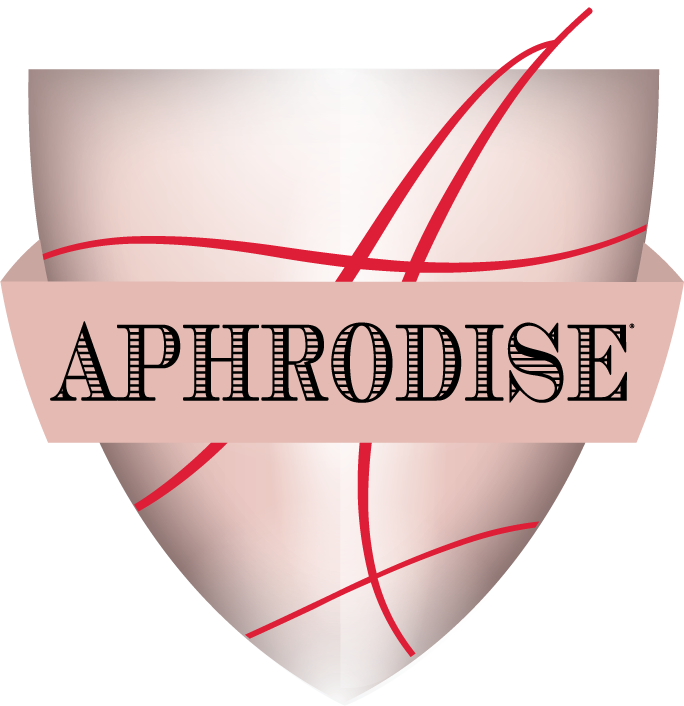Enjoy 10% Off Your First Order
Enter your email to receive your code, and be the first to know about all things Aphrodise.


Produced by carbon dioxide within the wine, they give sparkling whites and rosés the famous fizz that can make a celebration, meal, or even just an afternoon in the sun extra special. But how are they achieved?
In this article, we’ll explain one particular method.
However, there’s another method used for high quality sparkling wines that has just as impressive results; it’s the charmat method, and we’ve put together everything you need to know about it.

The Charmat method was developed and then patented way back in 1895 by Federico Martinotti, an Italian, who then went on to develop it with Eugène Charmat in 1907, who helped secure an updated patent. It’s a production method sometimes referred to as the ‘tank method’, and is used across the US in particular, as well as for European sparkling wines such as prosecco.
The main way in which it can be differentiated from the traditional method is by the way the second fermentation occurs. Whereas the second fermentation happens within the bottle itself using the traditional method, the Charmat method sees a second fermentation happen in a tank environment, where yeast and sugar is trapped within the tank to create the necessary CO2.
Familiarizing yourself with the Charmat method means grasping the entire process, which is as follows:

This is where the ‘base’ wine is produced by pressing the chosen grape variety, and fermenting the juice in a large tank. In sparkling wine, this is usually a white wine, but it can also be a rosé, as is the case here with Aphrodise.
This base wine is then added to pressurized stainless steel tanks for a second fermentation. Before being sealed in, sugar and yeast is added. These together will produce CO2; with nowhere else to go, it will create the sought-after bubbles within the wine.
Following second fermentation, there will still be an amount of yeast within the wine, which will need to be removed. This is done through filtration equipment, which clears the wine of excess yeast.

For sweeter wines, this is the point at which extra sugar is added; the dryer the wine, the less sugar needs to be added. The addition of this sugar is called the ‘dosage’.
The wine is then bottled under pressure, before the labels, cork, and cage are added.

The tradition method is a labor intensive process, as it’s done on a smaller scale and requires incremental manual input. The Charmat method, however, can be more automated, as it’s done in larger volumes, making for a faster production.
Less labor means a more budget-friendly production method. The larger-scale production makes for lower costs in general too.

The flavor of traditionally-made sparkling wines tend to favor ‘bready’ or ‘brioche’ flavors, whereas Charmat-made wines retain those beautiful fruity notes.
Production on a bigger scale means you’re able to achieve more bottles of your sparkling wine, and therefore more people can enjoy it. If you’re supplying to retailers, hospitality, and direct to consumers, you’ll want to be able to produce a large stock of sparkling wine.
Charmat-made wines take the industry by storm, and thanks to the broad tastes and preferences of wine drinkers, there’s room for both the traditional made sparkling wines, and the sparkling whites and rosés that bring those fresh, fruity flavors to the table.
